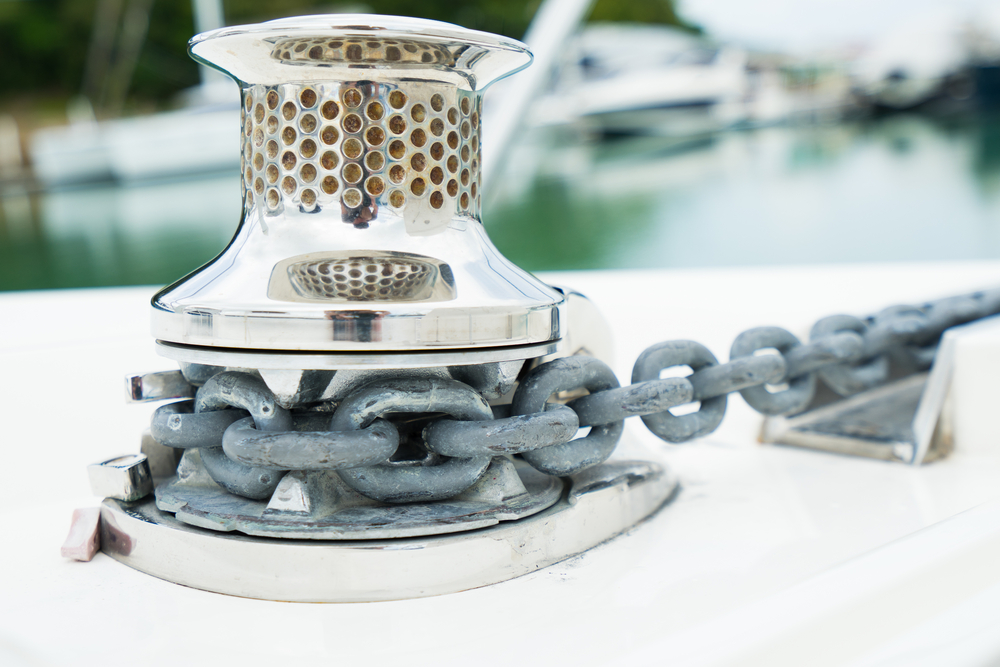Mastering the art of anchoring is a vital skill for any boater. Whether you're navigating the serene waters of a lake or facing the unpredictable conditions of the ocean, knowing how to securely anchor your vessel will allow for a safe and enjoyable experience. Anchoring not only secures your boat in a specific location but also protects the marine environment and those on board from potential hazards.
When approaching a dock, your technique plays a significant role in a stress-free docking experience. Understanding factors such as wind, current, and your boat's handling characteristics is crucial. These elements will determine how you use your engine, the approach angle, and the order of steps in securing your boat. Properly setting your anchor ensures that your boat remains stable, giving you peace of mind while you're on the water.
The key to seamless anchoring involves a combination of preparation and the right equipment. Choosing the correct type of anchor for your boat size and the prevailing bottom conditions is paramount. Familiarity with anchoring and docking maneuvers will enable you to adjust swiftly to the dynamic nature of marine settings. With practice and these tips, anchoring becomes an art form, enhancing your boating adventures.
Fundamentals of Boat Anchoring
Successfully anchoring your boat involves understanding the different types of anchors, choosing the right one for your vessel and conditions, and being mindful of weather and water dynamics.
Understanding Anchor Types
Fluke or Danforth Anchors: Known for their high holding power in sandy or muddy bottoms, these anchors are a popular choice for smaller boats under 30 feet. They are characterized by their pivoting flukes and long shanks. Anchors like the Danforth are lightweight and easy to store, making them suitable for smaller vessels.
Selecting the Right Anchor for Your Boat
Boat Size and Weight: The anchor you choose must correspond to the size and weight of your boat. A rule of thumb is to have 1 to 2 pounds of anchor for every foot of boat length.
Anchor Material: Options include galvanized steel, aluminum, and stainless steel. Consider the corrosion resistance and weight of the material in your boating environment.
Assessing Weather and Water Conditions
Weather Forecast: Check local weather forecasts for wind speeds and direction, storms, and tides, which will affect your anchoring strategy.
Water Depth and Bottom Type: Depth influences the length of the anchor rode you'll use, while the seabed composition—whether mud, sand, gravel, or rocky—dictates the anchor design that will grip best. Understanding the area's bottom conditions is crucial for a secure hold.
Anchoring Techniques and Strategies
Mastering the right anchoring techniques and strategies is essential for safe and successful boat docking. This section will guide you through the crucial steps from preparing your anchor and rode to adjusting for environmental conditions.
Preparing Your Anchor and Rode
Before docking, examine your anchor and rode carefully. Ensure the rode is free of knots and tangles. For your anchor to hold efficiently, it must match your vessel's size and the sea bottom conditions. Using the correct combination increases the security of your anchorage.
Approaching the Dock Safely
Approach the dock at a slow and steady speed and be mindful of the angle at which you approach. A 30 to 45-degree angle is typically ideal as it aids in better maneuverability and control.
Securing the Boat with Proper Knots
Once you've safely approached the dock, use cleats and bollards to secure your vessel with appropriate knots. Bowline and cleat hitches are reliable knots for this purpose. They provide strength and ease of untying when it's time to depart.
Adjusting for Wind and Current
Be prepared to adjust your anchoring technique to account for wind direction and water currents. Proper adjustment can prevent drifting and ensure your boat remains well-positioned at the dock. Setting a stern anchor can be beneficial in strong current conditions to keep your boat stable and aligned.
Whether you plan to head out in your own boat or one from Jax Boat Club, you should understand the proper art of anchoring.

